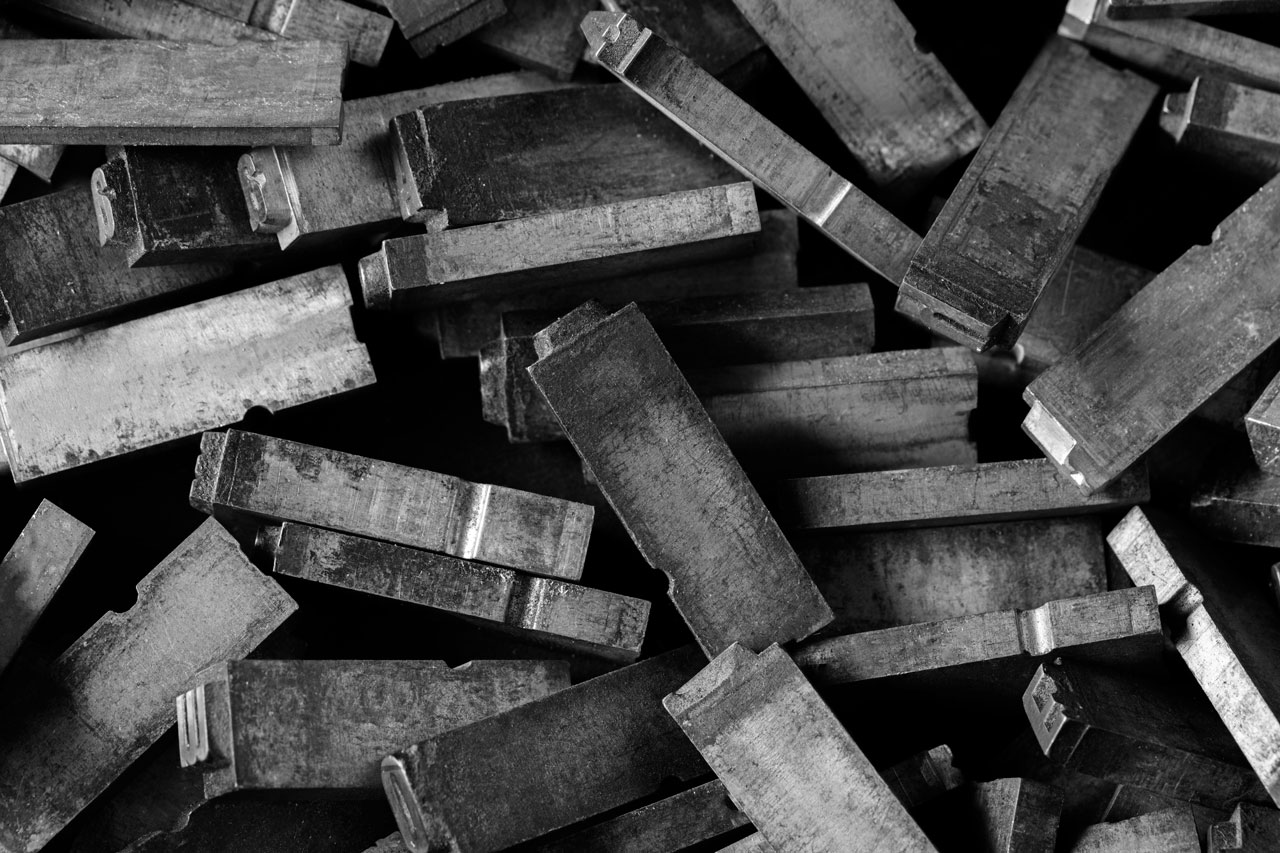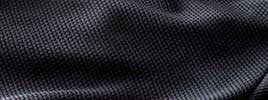What is microfibre?
Microfibre fabric is composed of one of the finest threads in existence. Its softness caresses the skin, while its absorbent capability creates a refreshing sensation.
Moreover, its ultra-rapid drying makes it very comfortable without the need to wait.
Have you ever wondered how something so small could have such a significant impact on your daily life? Well, for the literal enthusiasts, microfibre has nothing to do with fibre-rich cereals the size of a magnifying glass.
So, what is microfibre? It is a synthetic fabric made from polyester and polyamide. It's an extremely fine thread, even finer than human hair, formed by microscopic filaments that intertwine to create a fabric. The higher the percentage of polyamide in the material, the better the quality and durability of the garment.
Where does microfibre fabric come from?
The history of microfibre fabric is quite interesting. It turns out this material began to emerge in the 1950s, but it wasn't until the late 1960s that they perfected how to obtain it. In reality, it was in the 1970s when it truly boomed and became a success in the global market. Since then, it has been a journey of constant evolution, with the creation of new alternatives and applications.
But it doesn't stop there. In the 1990s, it made a grand entrance into the European market through Sweden. Since then, microfibre fabric has been a key player in the textile industry, changing the game for a vast array of products.
Uses and characteristics. What is microfibre fabric used for?
This type of fabric is often used a lot, and that's why we see it in the production of many items from various sectors.
Textile Sector
Microfibre clothing is incredibly absorbent and comfortable, making it perfect for sportswear and other accessories such as personalised toiletry bags.
Industrial Sector
In jobs that require dexterity, like construction or mechanics, microfibre work gloves are key to workwear. They provide sensitivity in the fingers and a firm grip, allowing for easy and secure work.
Cleaning Sector
Microfibre cloths or kitchen towels are the best for cleaning the house. Why? Because they dry in the blink of an eye and easily remove stains, leaving surfaces clean and shiny.
Merchandising
As it is very durable and versatile, it is ideal for a wide range of different promotional gifts. From personalised purses to store your cash and cards daily to customised office mouse pads.
Why do we use microfibre? Advantages of this material
Products made with microfibre are super soft, flexible, and shiny. The best part is that they are very durable and remain excellent even after numerous washes, much better than other materials like cotton.
They dry very quickly and can absorb up to 7 times their own weight. And the most incredible thing is that they always maintain their original shape. Neither wrinkles nor stains affect them. It's the best ally for your wardrobe, always ready for action and without losing a bit of its style. With so many cool qualities, it's no wonder that microfibre is so popular in both the industrial sector and our daily lives.
Products made from microfibre
Now that we know all the properties of microfibre fabric, it's time to find out what the market offers us. Therefore, here's a selection of the best promotional microfibre products so you can easily find the one that suits your needs.

Personalised Towels
What's more practical than soft microfibre towels? It's the fastest way to dry off after a shower, physical activities, or to enjoy the summer.
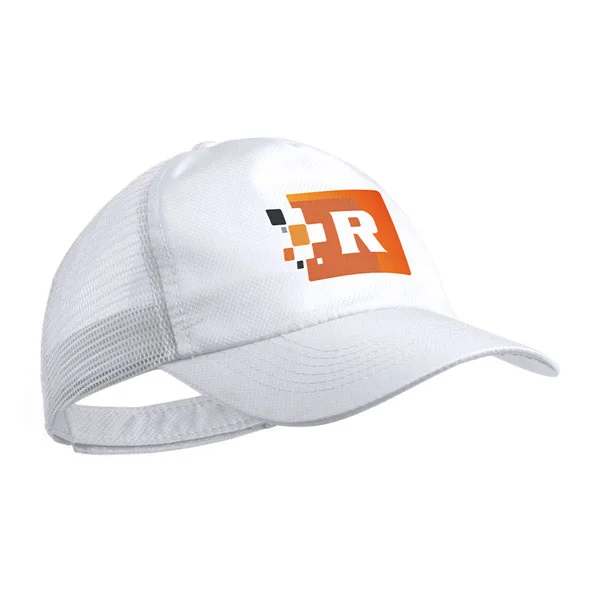
Trucker Caps
There's no better way to protect what matters most, our noggin. Comfortable trucker caps are ideal for a casual look or outdoor activities.
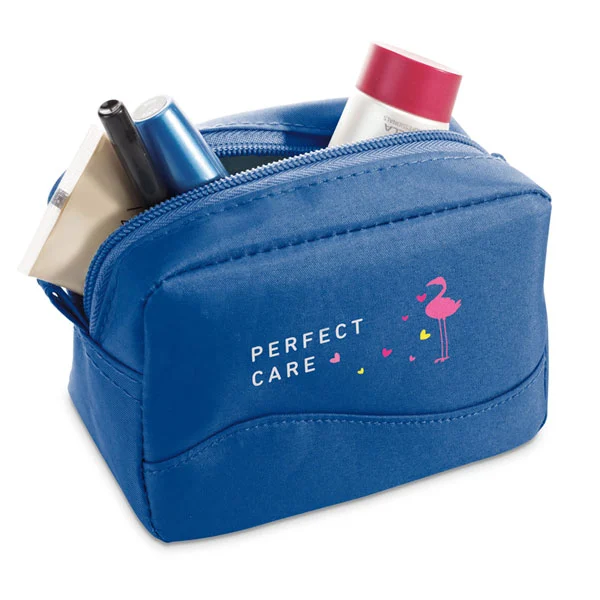
Personalized Toiletry Bags
Personalised toiletry bags are the perfect solution for carrying your personal care products when travelling, going to the gym, or simply leaving home.
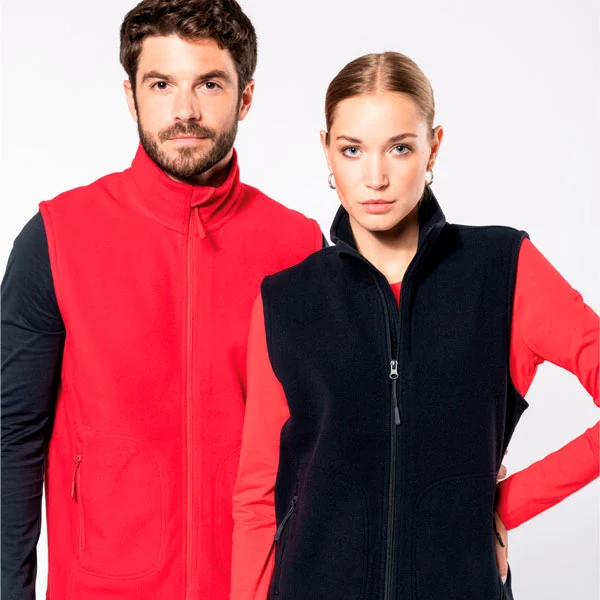
Personalised Vests
They are a timeless basic that adapts to any season of the year. A perfect option for a light layer in winter or for cool summer nights.
What marking techniques to use on microfibre for perfect results?
If you've already selected your microfibre items, now is the perfect time to add your logo and make it stand out among your customers and employees. Here are the best options for customising all your microfibre products easily and with the best results.
Screen Printing
If our logo or design is simple, meaning it has few details and also has fewer than four colours, then screen printing is a technique to consider. Not only is it economical, but it adapts very well to bulk orders. It is especially effective on products like microfibre towels, microfibre cleaning cloths, fabric bags, and electronic device cases.
Sublimation
If your design has more colours than the rainbow, then we recommend sublimation, a technique that allows full-colour designs. The ink mixes with the microfibre fibres in the process, so the marking withstands many washes without fading. Perfect for beach towels, sublimated shirts, pillow covers, and all textile items in general.
Embroidery
Embroidery is a popular option, and it's not for nothing. It's perfect for small logos that need a professional result and lasting durability.
The best way to personalise custom caps, sports jackets, kitchen aprons, and travel bags.
Screen Print Transfer
It's a technique that combines the advantages of screen printing with the versatility of transfer. Although the finish is high quality, similar to screen printing, it's more suitable for symbols with few colours.
It's great if you're going to customise delicate items. However, keep in mind that it can deteriorate with use and even peel off. It's ideal for personalised fanny packs and suitcases.
What is the difference between microfibre, cotton, and polyester?
Natural fibres like cotton or wool are very popular, although that doesn't mean their properties are better than those of microfibre. Each material has its qualities.
Cotton
Highly breathable.
Soft and comfortable to the touch.
Absorbs moisture and sweat.
Hypoallergenic properties.
Shrinks with washing and may lose shape over time.
More prone to wrinkles and wear.
Microfibre
- Resistant to wrinkles and wear.
- Dries quickly.
Does not retain odours.
Soft and silky texture.
Less prone to stain formation.
Does not shrink or deform easily.
Polyester
Rougher feel.
Very durable and resistant to wear.
Wrinkle-resistant.
Less breathable than microfibre.
Tends to dry quickly.
Retains less moisture than cotton.
En resumen, el aluminio es un metal ligero y económico utilizado principalmente en aplicaciones que requieren un peso ligero, mientras que el acero inoxidable es un metal más resistente y duradero utilizado en entornos corrosivos.
Ambos materiales tienen sus propias ventajas y desventajas, y la elección del material dependerá de las necesidades específicas de la aplicación en cuestión.
How to properly care for microfibre products to make them last much longer
Want a secret for making your microfibre items last longer than gum in your hair? Pay attention to these tricks so your microfibre garments and accessories stay in top shape:
Deluxe Washing
When it's bath time for them, wash them by hand or in the machine with cool water—no boiling clothes. Remember, our friends don't like hot baths.
Air Drying
After washing them, let them air dry. You can use the dryer, but be careful; it's better to use gentle programs to avoid damaging them.
Rockstar Washing
Treat your microfibre products like true celebrities and wash them separately from other clothes. No mixing them with lint-releasing garments.
No Ironing
Even though some of these pieces seem tough, it's better to avoid ironing them. Extreme heat can ruin their texture and leave them as wrinkled as raisins.
Red Carpet Closet
When not in use, store them in a cool, dry place. No hiding them at the back of the closet. We want them to feel at home. By following these tips, your microfibre products will thank you, and your microfibre items will be the envy of all other fabrics.
By following these tips, your microfibre products will thank you, and your microfibre items will be the envy of all other fabrics.
Conclusions
In summary, microfibre has completely changed our way of living and enjoying each day. It's amazing how it absorbs moisture, how soft it is to the touch, and how quickly it dries. Therefore, it has become an essential item in our wardrobe and, above all, in our home.
And the best part is that it is resistant and durable, making it perfect for those who value quality and want their products to last a long time. Microfibre truly makes life easier and more comfortable.

